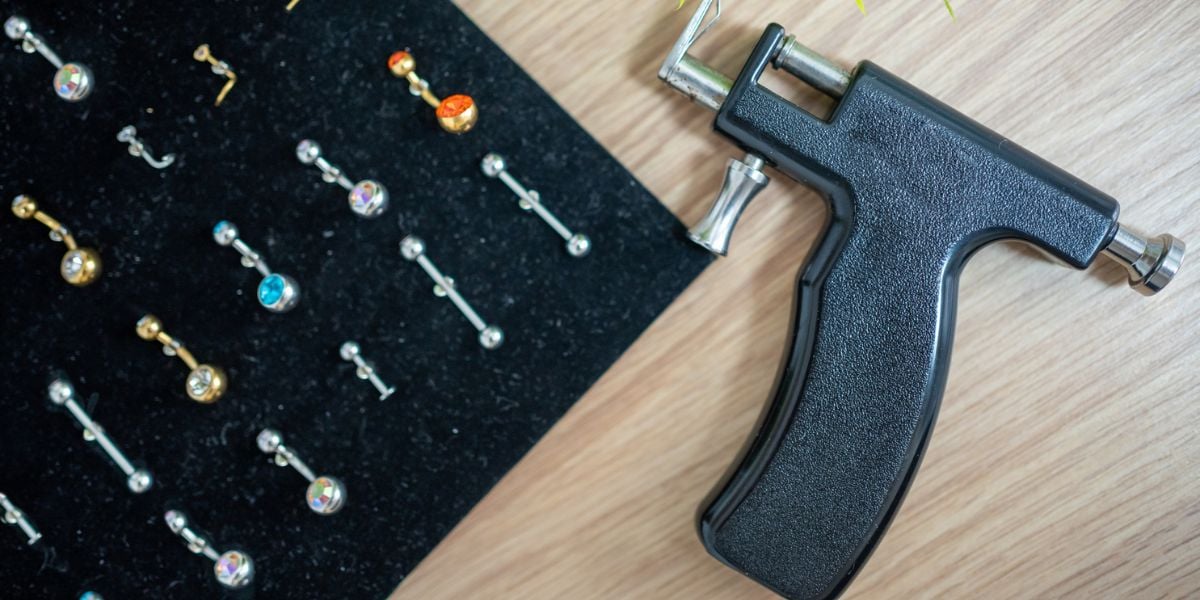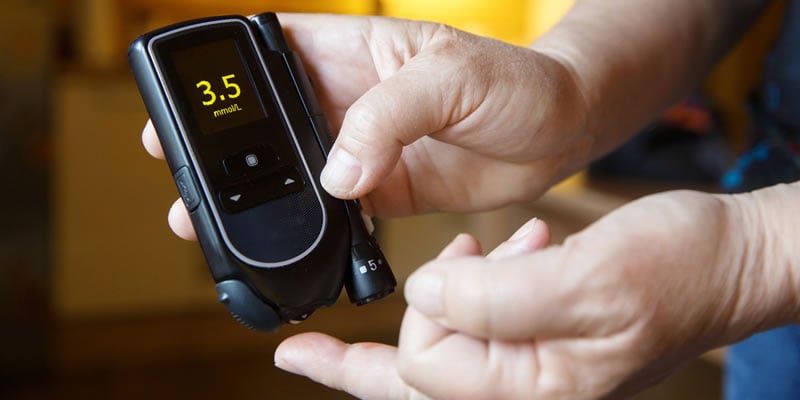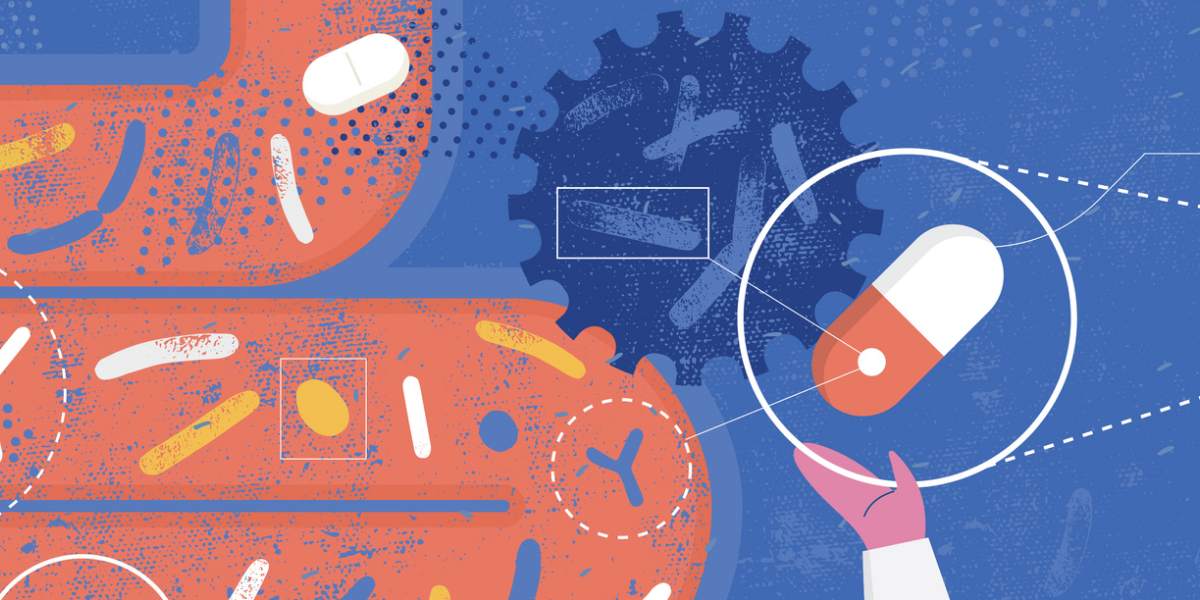Having diabetes doesn’t you mean you can’t get a body piercing. The only thing to remember is that good diabetes control.
The reason that good diabetes control is essential is because poor diabetes control can significantly increase healing times and increase the risk of developing an infection.
You should also think carefully about the part of your body you want pierced.
Piercings can be made to any part of your body, from your ear lobes, tongue and eyebrows to your belly button and private parts.
Are there any body parts I shouldn’t get pierced?
As someone with diabetes, you should avoid areas with poor circulation, such as:
- Ankles
- Shins
- Buttocks
- Or your favoured areas for insulin injection/shots
You should also choose a licensed or accredited body piercer to carry out the work and let them know about your condition so that they can tailor the procedure and aftercare tips to your needs.
Common risks of body piercing
The common risks of body piercing are very similar to those for people without diabetes. They key addition is that you should watch our for high blood glucose levels.
- Infection – the pierced part of your body can become infected if the venue is not clean and you are unable to maintain good hygiene.
- Needles – if the needle used to pierce your skin has not been sterilised, you could be at risk of HIV, hepatitis infections or other blood-borne viruses.
- High blood glucose – if your blood sugar levels are higher than they should be, your piercing may take longer to heal, which in turn, could put you at risk of developing an infection.
- Bleeding – the procedure may cause excess bleeding, especially in areas of the body with a lot of blood vessels such as the tongue.
- Scarring – you may have scarring following your piercing, or it may lead to the formation of a keloid (a type of oversized scar).
Post-piercing tips
Following your body-modification experience, it is important that you check your blood sugar levels regularly (at least once a day) and/or stick to your usual insulin schedule. You must also ensure that you keep the pierced area of skin clean and covered until it heals.
What should I do if have an infection?
If the pierced part of your body becomes infected, you may have high blood sugar and develop the following symptoms:
- Heat sensation and pain at the site of the piercing
- Prolonged redness and swelling
- Yellow or green discharge
If your blood sugar level is regularly over 10mmol, you will need to increase your insulin dose
You should also test for ketones – substances that are made when the body breaks down fat for energy – on a daily basis using a ketone testing strip or meter.
The build up of ketones can put you at risk of ketoacidosis, or in diabetes, diabetic ketoacidosis
If you have sustained high blood sugar readings and high levels of ketones in your bloodstream (1.6 mmol/L or above), or are unsure about how to adjust your insulin doses or test for ketones, you should contact your GP or diabetes healthcare team as soon as possible.
It is also vital that you seek immediate help if you feel unwell, have abdominal pain or see any sign of infection following your body piercing.





